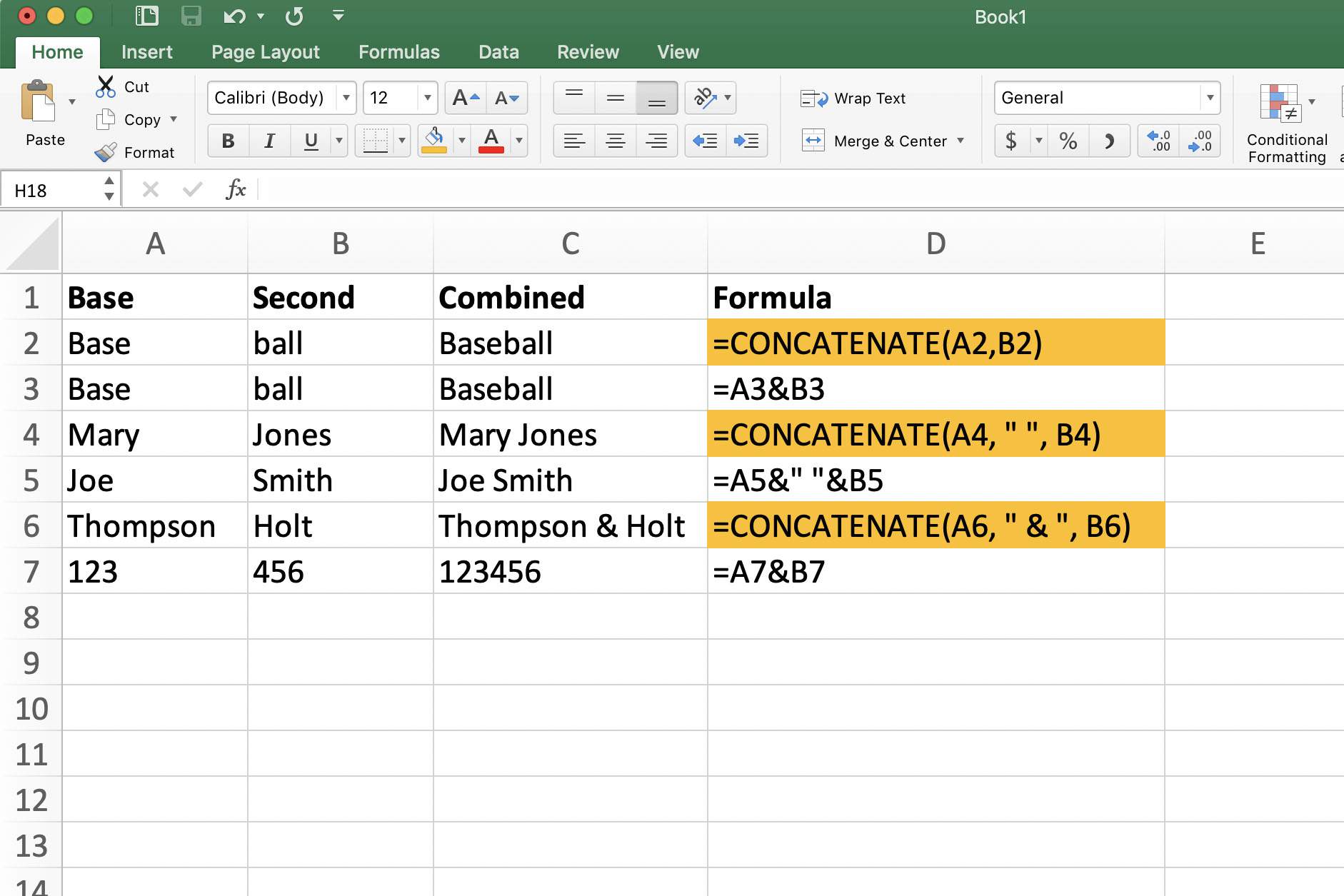Extract Excel Data in Python: Simple Techniques

Extracting data from Excel files is a common task in data analysis and automation. Excel's ubiquity in workplaces makes this skill essential for any Python programmer looking to streamline their workflow. In this post, we'll explore simple techniques to extract data from Excel files using Python libraries, ensuring you can perform these tasks efficiently.
Why Extract Data from Excel?

Excel is a powerful tool for data storage, but when you need to analyze, manipulate, or automate processes involving this data, Python offers flexibility and power. Here are some reasons you might need to extract data from Excel:
- Data Analysis: Python libraries like pandas provide robust tools for data analysis.
- Automation
- Data Migration and Cleaning: Transferring data between systems often involves extracting from Excel.
- Reporting: Automatically generating reports using Python scripts.
Essential Python Libraries

Before diving into the actual extraction techniques, let’s look at the libraries we’ll use:
- openpyxl: For reading and writing Excel 2010 xlsx/xlsm files without needing Excel to be installed.
- pandas: For data manipulation and analysis, pandas can read Excel files into DataFrame objects.
Basic Extraction Using openpyxl

Let’s start with openpyxl for basic extraction from an Excel workbook:
from openpyxl import load_workbook
# Load workbook
workbook = load_workbook(filename="example.xlsx", data_only=True)
# Get sheet by name
sheet = workbook['Sheet1']
# Iterate over rows
for row in sheet.iter_rows(min_row=2, max_col=4, values_only=True):
print(row)
💡 Note: The 'data_only=True' parameter ensures we read values instead of formulas.
Extracting Data with pandas

Pandas is especially useful when you want to manipulate data:
import pandas as pd
# Read Excel file
df = pd.read_excel('example.xlsx', sheet_name='Sheet1')
# Display the first few rows
print(df.head())
Advanced Techniques with pandas

Pandas has more sophisticated functions for Excel data:
- Selecting Columns: Easily select columns for analysis.
# Select specific columns
df = df[['Column1', 'Column2']]
# Filter data where Column1 > 10
filtered_df = df[df['Column1'] > 10]
Working with Multiple Sheets

Often, workbooks have multiple sheets. Here’s how to handle them:
# Reading multiple sheets
df_dict = pd.read_excel('example.xlsx', sheet_name=None)
Data Validation and Cleaning

When extracting data, it’s crucial to validate and clean it:
# Check for missing values
missing_values = df.isnull().sum()
# Fill NaN with mean or mode
df.fillna(df.mean(), inplace=True)
Automating Excel Tasks

Python can automate tasks like renaming sheets or adding formulas:
# Rename a sheet
sheet.title = 'New Name'
# Add formula to a cell
sheet['A1'] = '=B1+C1'
Our exploration of extracting data from Excel using Python has shown that it’s not only possible but also quite straightforward with the right tools. We've covered basic to advanced techniques using openpyxl for straightforward data extraction, and pandas for more sophisticated data manipulation and analysis. These methods enable you to handle Excel files efficiently, automate repetitive tasks, validate data, and integrate Excel data into Python workflows seamlessly.
What libraries do I need to extract Excel data in Python?

+
The key libraries for extracting Excel data in Python are openpyxl for basic operations and pandas for more complex data manipulation.
How can I read data from multiple sheets?

+
With pandas, you can read multiple sheets by passing sheet_name=None to read_excel(), which returns a dictionary with sheet names as keys and DataFrames as values.
Can I write back data to Excel after modifying it in Python?

+
Yes, both pandas and openpyxl allow you to write data back to Excel files. With pandas, you use to_excel(), and with openpyxl, you can directly manipulate workbook objects and save changes.
What should I do about empty cells or NaN values when extracting data?

+
Pandas provides methods like fillna() to replace NaN values with a specified value, or you can use functions like mean() or median() to fill in missing values with statistical estimates.



